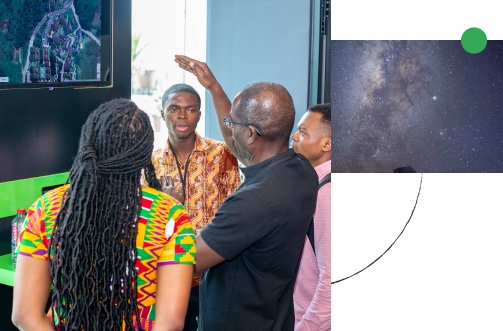
Cady Tianyu Xu
Cady Tianyu Xu is a Software Engineer on the GenAI team at Google DeepMind. She is currently focused on building LLM agents, exploring their potential to solve complex real-world problems. She aims to develop highly capable and reliable agents that can interact intelligently with dynamic environments.
Research Areas
Authored Publications
Sort By
Enhancing XR Auditory Realism via Scene-Aware Multimodal Acoustic Rendering
Jihan Li
Penghe Zu
Pranav Sahay
Maruchi Kim
Jack Obeng-Marnu
Farley Miller
Mahitha Rachumalla
Rajeev Nongpiur
Proceedings of the 38th Annual ACM Symposium on User Interface Software and Technology, Association for Computing Machinery, New York, NY, USA (2025), 1–16
Preview abstract
In Extended Reality (XR), rendering sound that accurately simulates real-world acoustics is pivotal in creating lifelike and believable virtual experiences. However, existing XR spatial audio rendering methods often struggle with real-time adaptation to diverse physical scenes, causing a sensory mismatch between visual and auditory cues that disrupts user immersion. To address this, we introduce SAMOSA, a novel on-device system that renders spatially accurate sound by dynamically adapting to its physical environment. SAMOSA leverages a synergistic multimodal scene representation by fusing real-time estimations of room geometry, surface materials, and semantic-driven acoustic context. This rich representation then enables efficient acoustic calibration via scene priors, allowing the system to synthesize a highly realistic Room Impulse Response (RIR). We validate our system through technical evaluation using acoustic metrics for RIR synthesis across various room configurations and sound types, alongside an expert evaluation (N=12). Evaluation results demonstrate SAMOSA’s feasibility and efficacy in enhancing XR auditory realism.
View details
Preview abstract
As large language models (LLMs) improve in their capacity to serve as personal AI assistants, their ability to output uniquely tailored, personalized responses that align with the soft preferences of their users is imperative for maximizing user satisfaction and retention. However, lay users are notoriously bad at prompt specification and often struggle with conveying their latent preferences to AI assistants. To resolve this, we demonstrate that activation steering, an inference-time method, can effectively control the response of the LLMs towards expressing different preferences. In contrast to memory-based personalization methods that require long user history, steering is extremely lightweight and easily-controllable via an interpretable linear strength factor. We further conduct a within-subjects user study (n=14) to investigate how end users personalize their conversations through three different steerable chatbot interfaces. The results demonstrate the effectiveness of preference-based steering for aligning real-world conversations with user preferences, and we discuss qualitative findings on how diverse values around control, transparency, and usability of personalization lead users to prefer different interfaces.
View details
EI-Lite: Electrical Impedance Sensing for Micro-gesture Recognition and Pinch Force Estimation
Junyi Zhu
Jiayu Wang
Emily Guan
JaeYoung Moon
Stiven Morvan
Andrea Colaco
stefanie mueller
Karan Ahuja
Yiyue Luo
Proceedings of the 38th Annual ACM Symposium on User Interface Software and Technology, Association for Computing Machinery, New York, NY, USA (2025), pp. 1-14
Preview abstract
Micro-gesture recognition and fine-grain pinch press enables intuitive and discreet control of devices, offering significant potential for enhancing human-computer interaction (HCI). In this paper, we present EI-Lite, a lightweight wrist-worn electrical impedance sensing device for micro-gesture recognition and continuous pinch force estimation. We elicit an optimal and simplified device architecture through an ablation study on electrode placement with 13
users, and implement the elicited designs through 3D printing. We capture data on 15 participants on (1) six common micro-gestures (plus idle state) and (2) index finger pinch forces, then develop machine learning models that interpret the impedance signals generated by these micro-gestures and pinch forces. Our system is capable of accurate recognition of micro-gesture events (96.33% accuracy), as well as continuously estimating the pinch force of the index finger in physical units (Newton), with the mean-squared error (MSE) of 0.3071 (or mean-force-variance of 0.55 Newtons) over 15 participants. Finally, we demonstrate EI-Lite’s applicability via three applications in AR/VR, gaming, and assistive technologies.
View details
